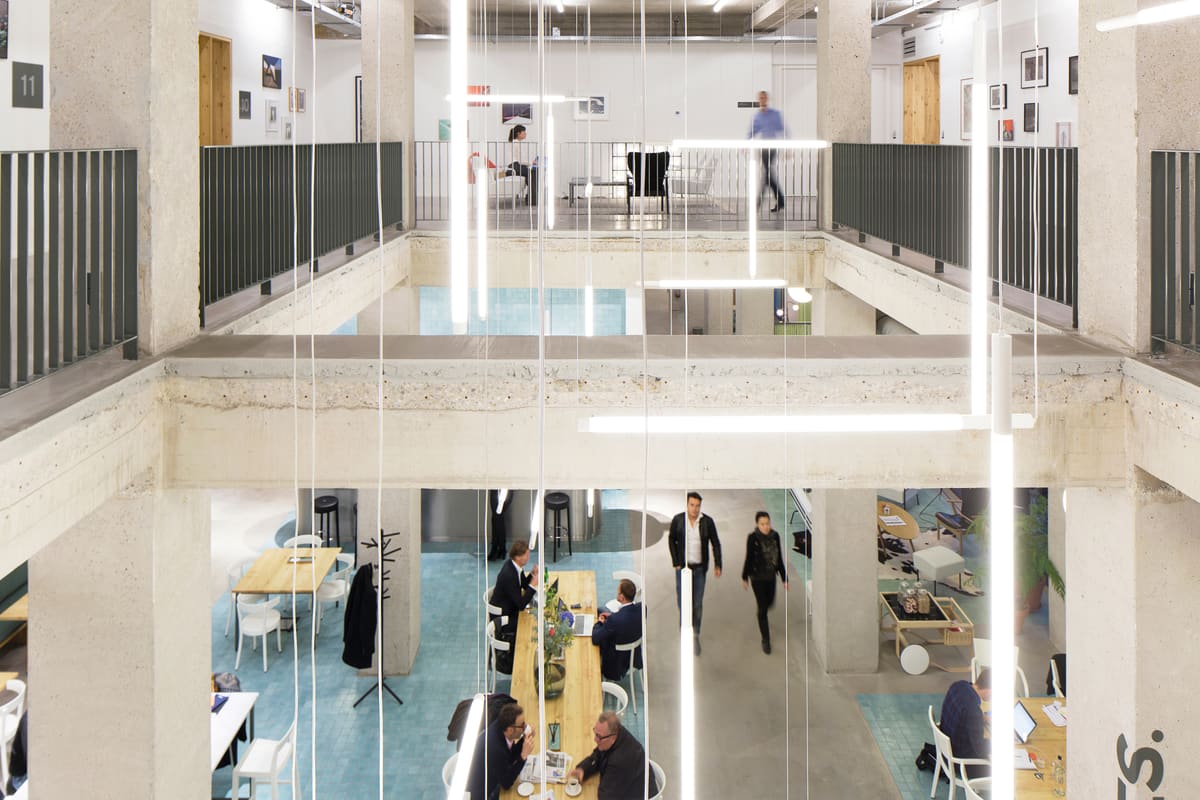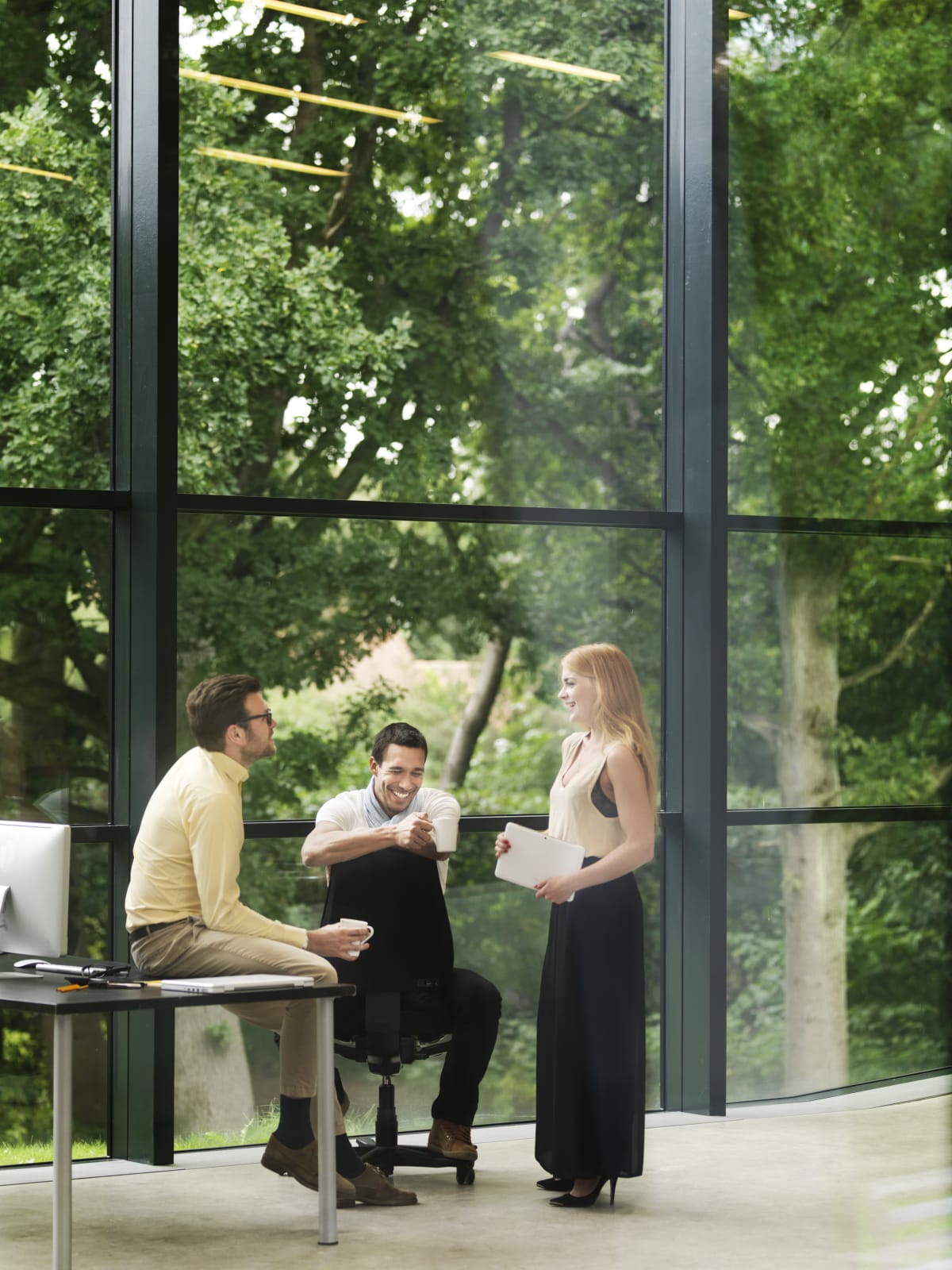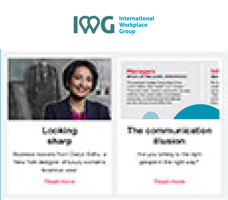Hybrid working is having a fundamental impact on communities around the world because it is no longer imperative to work in cities. As a consequence, demand for suburban flexspace is accelerating.
Before the pandemic, life revolved around cities for many. But, thanks to the accelerated adoption of hybrid working, a large proportion of companies are no longer demanding that their employees attend a central office on a daily basis, instead enabling them to split their time between home and a local flexspace, boosted by trips to the HQ when needed.
This has given rise to the idea of the model village, a place where residents have easy access to everything they need to live, work and socialise within a close proximity to their homes.
As more and more businesses adopt the hybrid work model, empowering people to spend more time within their local communities, demand for dedicated flexible workspaces in suburban and rural areas has significantly increased.
For property owners, the growth of the model village presents a clear opportunity to supply flexible workspaces near to the homes of this new generation of hybrid workers. Mark Dixon, Founder and CEO of IWG, says he wants to see an IWG flexspace in “every town and village”, and predicts a rapid shift to new suburban locations as the company looks to meet this growing demand.
A recent economic impact study by IWG and Arup indicated that more than 75,000 full-time white-collar workers could benefit from working locally in new suburban IWG flexible office spaces in the UK alone. What’s more, this could ultimately mean the historic ‘brain drain’ from the countryside to cities could, in fact, be reversed.
In terms of the economy, the study found that hybrid work could generate up to an extra £327m per year for rural and suburban economies in the UK due to the anticipated expansion of flexible office and coworking spaces in these areas, with an associated increase in productivity said to be worth more than £150m extra to the country’s economy.
Meanwhile, in the USA, IWG and Arup estimate that almost 200,000 white-collar workers could potentially move out of cities over the coming years, creating up to $1.3bn in spending in suburban and rural locations. In Germany, IWG expects up to 38,600 full-time workers to relocate from urban centres. For landlords around the world, this means that converting buildings into flexspace with IWG could prove far more profitable than using them for conventional retail space, for example.
The shift to hybrid working is supported by the idea of the 15-Minute City, an urban planning concept developed by Professor Carlos Moreno from the Sorbonne in Paris. He suggests that the key to a happy – and more environmentally friendly – life, is “human-sized spaces”. He says that everything we need for daily living – from parks and restaurants to schools and workspaces – should be easily accessible without the use of polluting transport.
IWG’s Mark Dixon says: “We are seeing previously dormant towns and villages come back to life. With hundreds more rural and suburban flexible working locations expected to open in the coming years, we expect a wide range of vibrant local communities to develop with thriving businesses at their heart.” Now is the time to make sure you’re part of it.
Flexible workspace is the fastest-growing sector of the global workplace market. Make the most of this exciting investment opportunity by partnering with IWG today.






